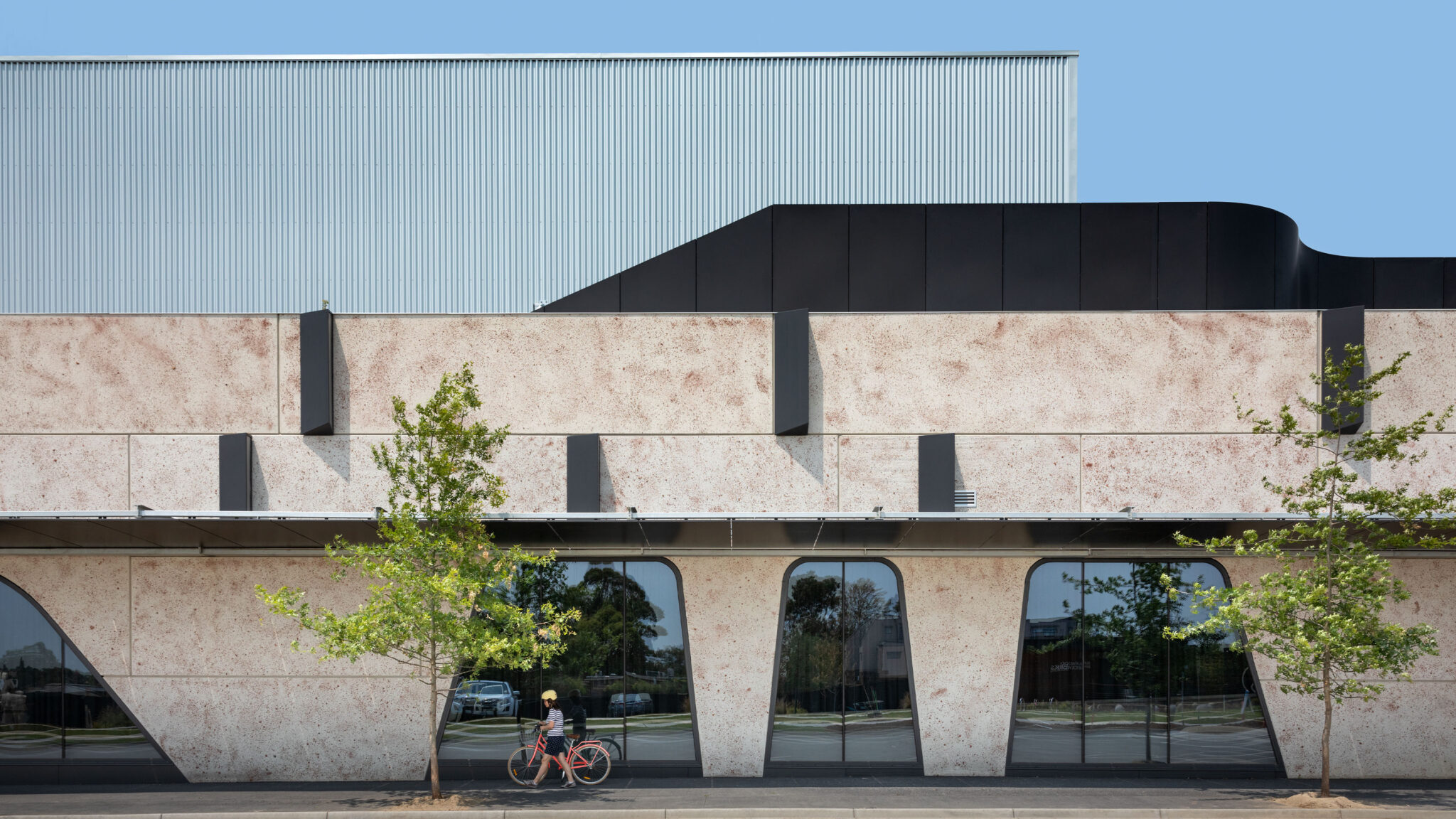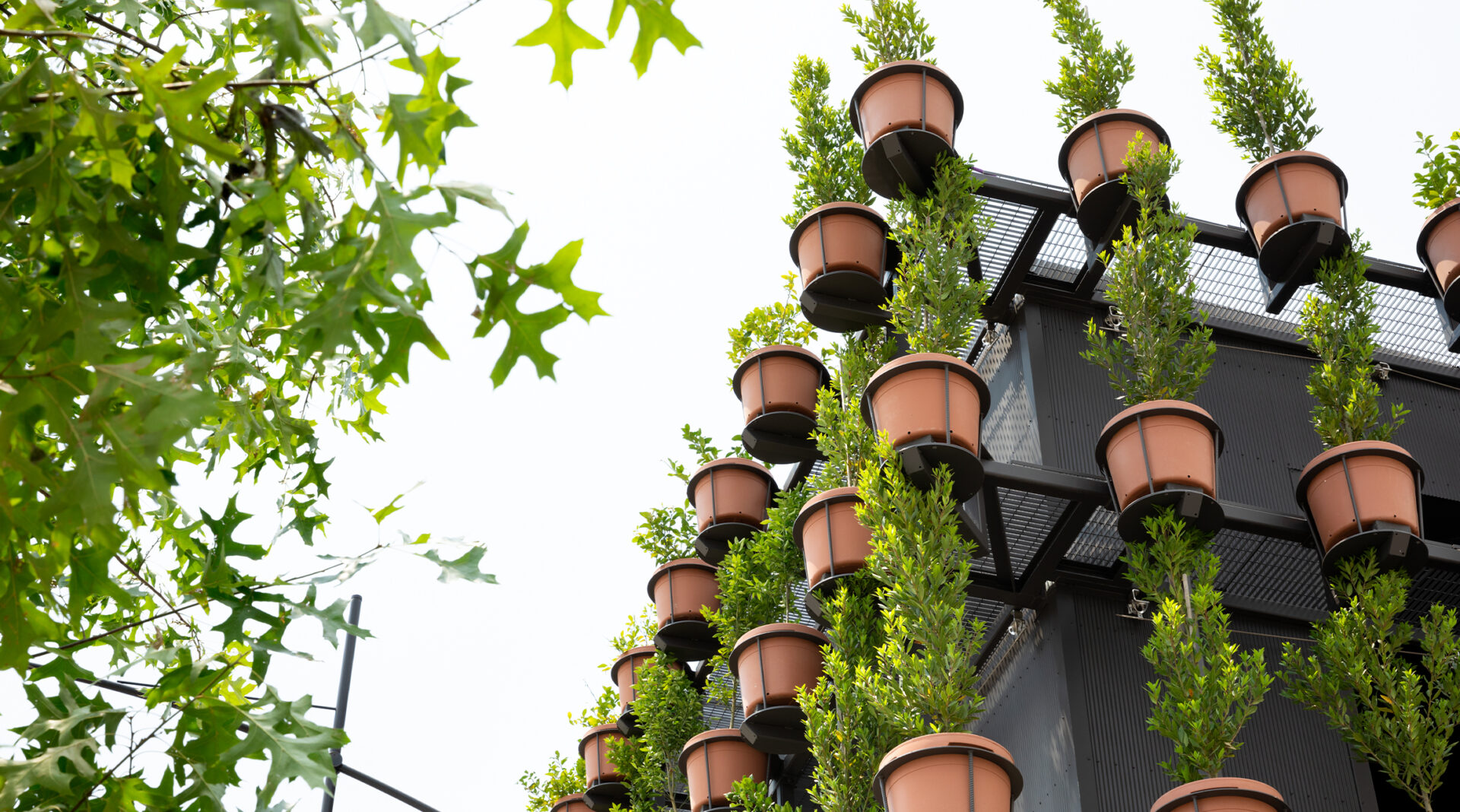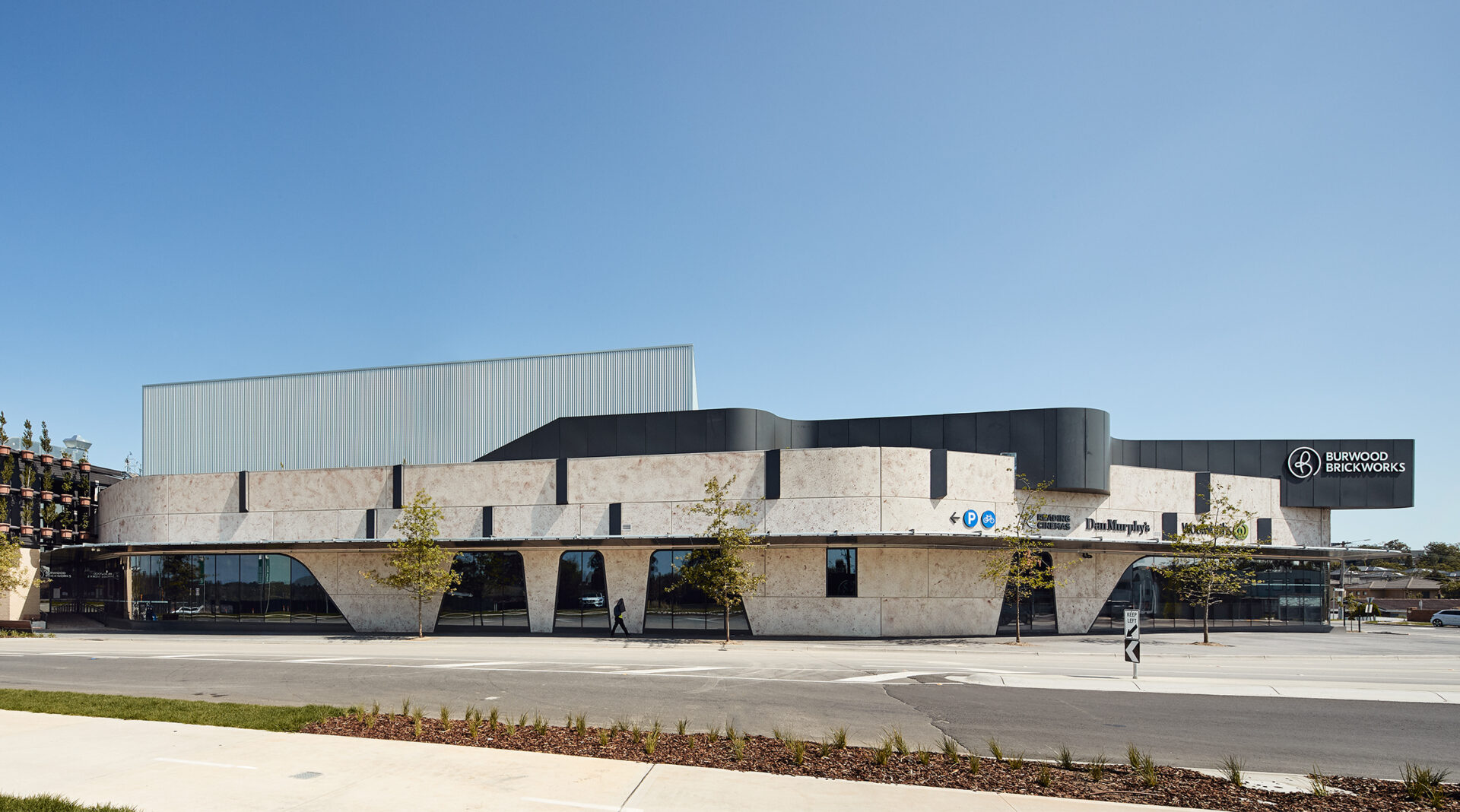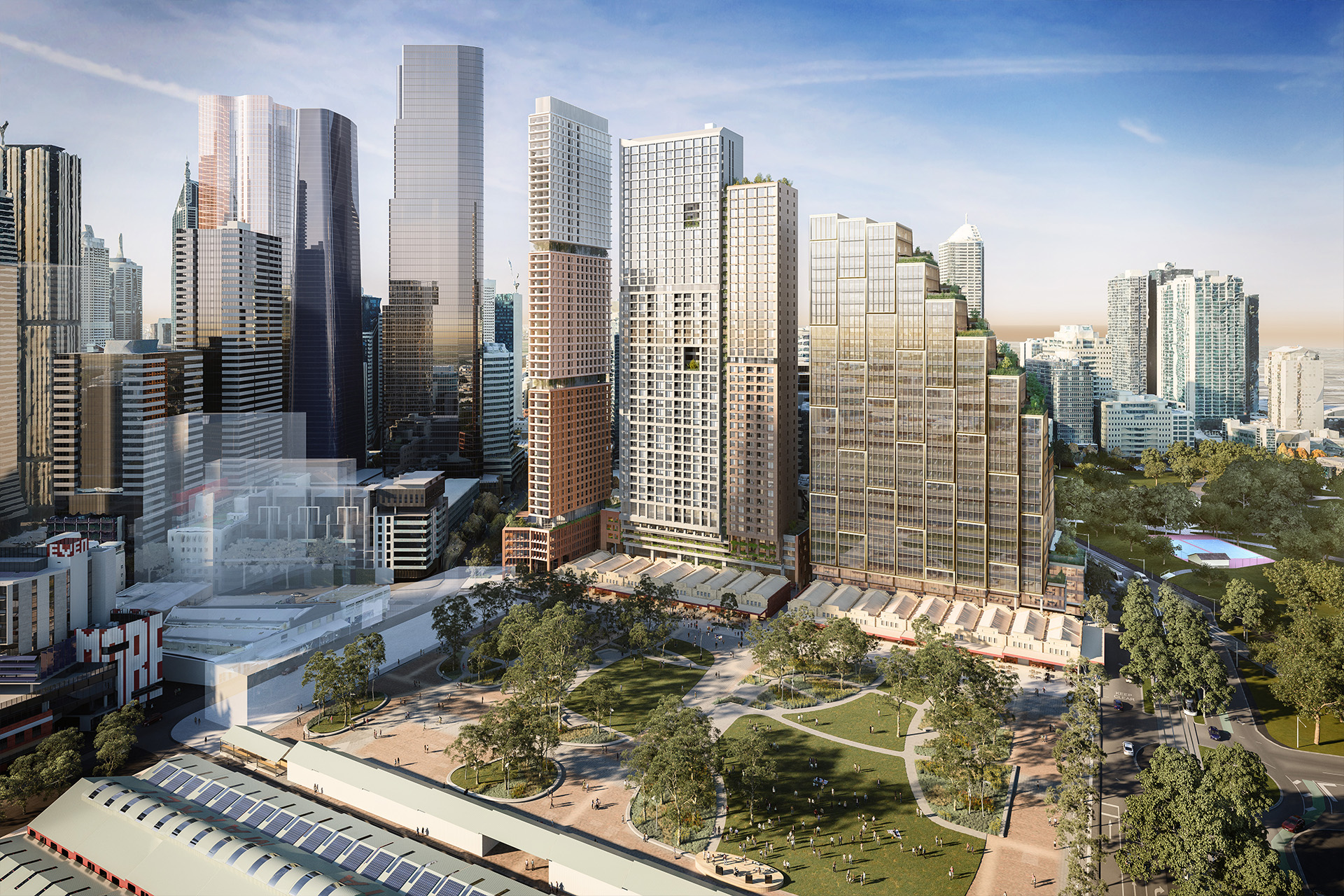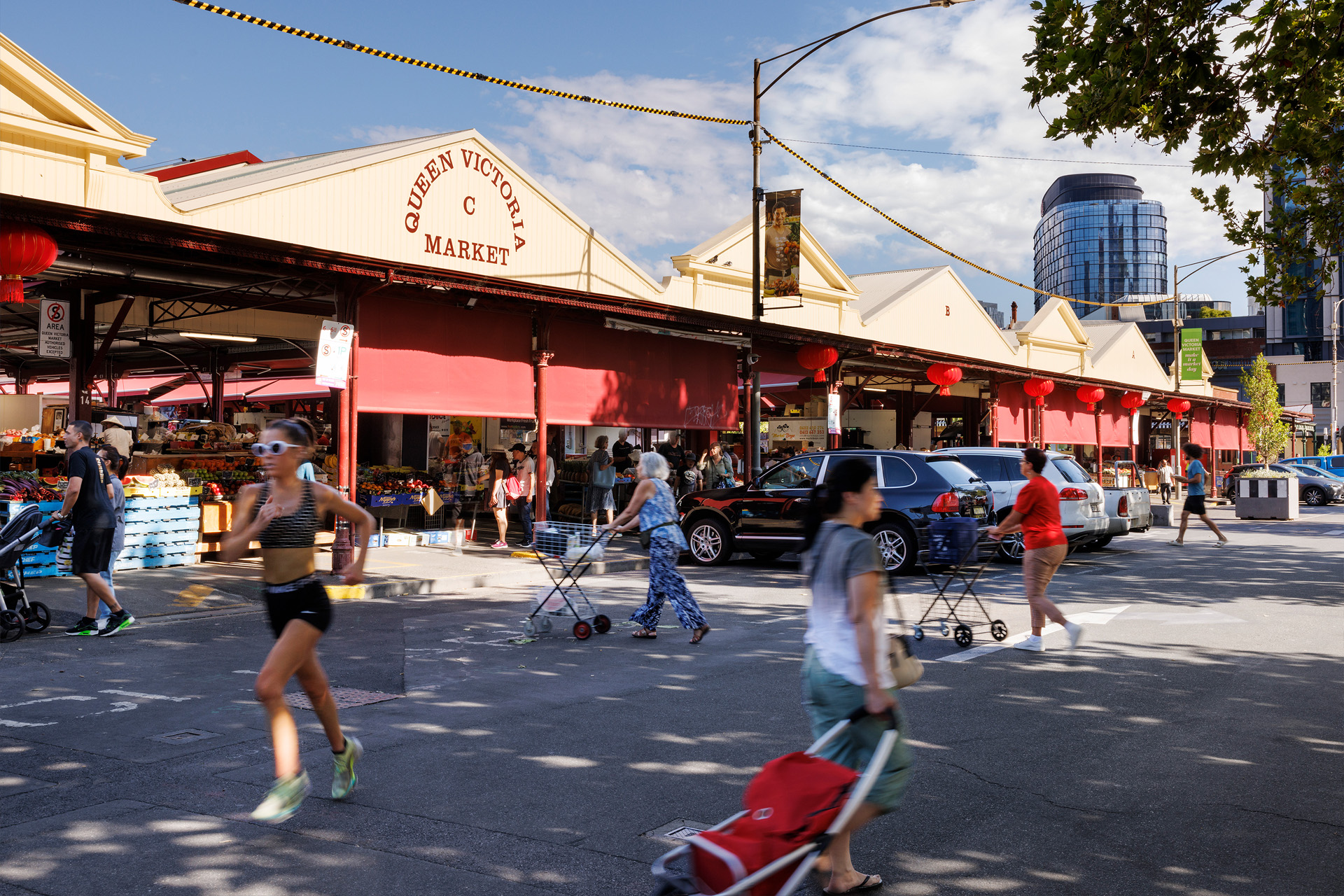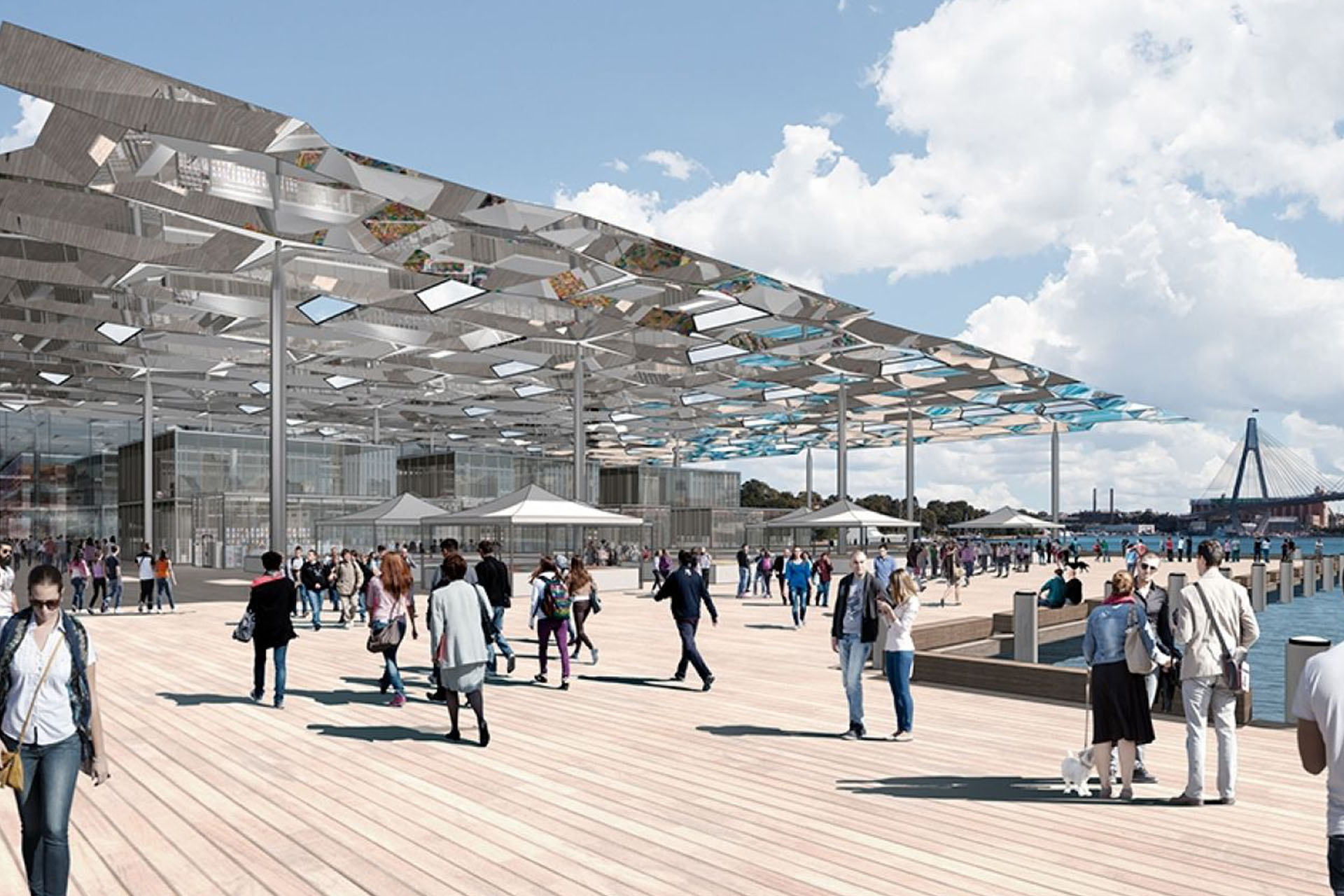NH Architecture was appointed by Frasers Property to design the world’s most sustainable shopping centre in the Eastern suburbs of Melbourne, which redefines the assumed antithesis of the consumer experience and sustainable development. The urban regeneration project presents Australia’s first retail build to receive a 6 Green Star Design and As Built rating, as well as being the first shopping centre in the world to achieve Living Building Challenge® Petal Certification. The biophilic design uniquely considers human scale, each of the building’s multiple elements offer a sensory experience through the pastiche of contrasting, yet coherent design motifs.


Reclaimed and recycled materials are consistent throughout the buildings language, with the timber, brick and furnishing’s expression all being derived from natural forms. The curved, crushed brick and glass façade offers a unique tactility through the juxtaposition of variated textures, whilst also referencing the site’s history. The historic reimagination is further actualised in the ‘factory-esque’ form of the sawtooth roof.
The ceiling design recognises the cultural significance of relationship to traditional country, through a design collaboration with Balarinji and multi-disciplinary artist Mandy Nicholson. Nicholson’s expansive aboriginal art installation sweeps across the interior of the sawtooth roof. The six layers of Wurundjeri country are represented on each panel, both interacting with the ridged form of the ceiling, whilst simultaneously transcending it, in the depiction of ubiquitous Aboriginal culture – which is often hidden within the urban context.



Burwood Brickwork’s exists as a tangible embodiment of the LBC’s analogous flower framework, both visually and quantifiably – taking all its energy needs from the sun and renewable sources. With 40% of the building’s energy being produced by 3300 rooftop solar panels alongside a ‘closed loop’ system which treats all grey water on site for reuse, without producing waste or toxicity.





